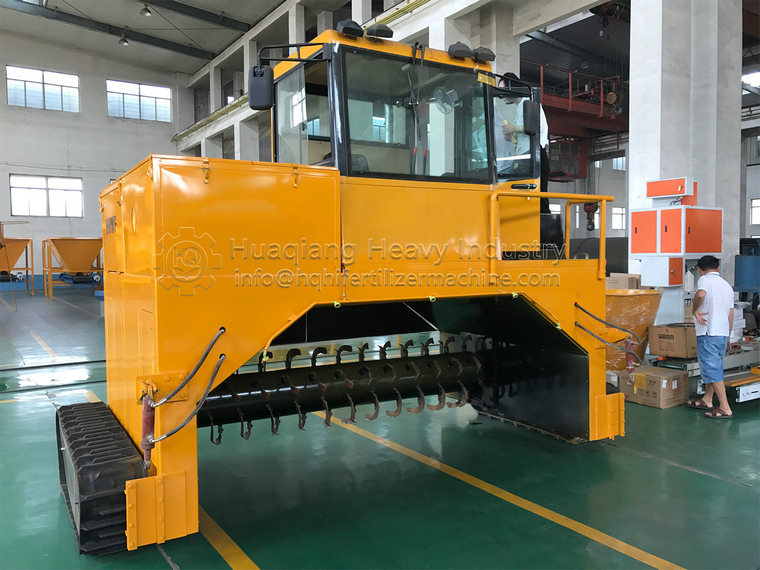Chicken manure organic fertilizer machine manufacturers introduced the construction method of chicken shed, hoping to help you.
1. Selection of shed site
The shed site should be located in a place with open terrain, good ventilation, close to water source, pollution-free soil, and far away from the road without noise. Those that meet the above requirements, such as field plots, open spaces between villages, orchards and vegetable fields, and wasteland slopes, can be used. This can provide a suitable living environment for broilers.
2. Building specifications
At present, double inclined greenhouses with a length of 2-30 m and a width of 7-8 m are widely used. The shed is in the East-West or north-south direction. The construction area is 140-240 square meters and can feed 1000-1500 broilers. According to the greenhouse length of 30 m, 200 bamboo poles with a length of 4.5 m, 20 bamboo poles with a length of 8 m and 2500 bricks are needed. In addition, appropriate amount of string, iron wire, wheat straw or straw mulch should be prepared.
3. Greenhouse assembly
① Brick walls are built at both ends of the shed, while doors are reserved in the middle of the gable at one end, and ventilation holes are left on both sides of the gable at the other end. Besides, 1-2 holes of flue gas furnace are also reserved for brooding or heating. A row of columns are embedded every 2m between the two brick walls, one in the middle (the same height as the top of the shed), two on the left and two on the left and right sides (of which the outer two are the same height as the outside of the shed), with a total of 5 columns. At the top of each row of longitudinal columns, a 8 m long bamboo pole is used to connect them to form the longitudinal support of the greenhouse. Then use a set of 4.5m long bamboo poles. Each section is bound firmly, with 30-40cm interval in the transverse direction, which is bound on the longitudinal column to form the transverse support on the top of the greenhouse. In this way, a complete greenhouse support is built.
② The plastic film shall be glued in advance according to the length and width. When covering the film, choose the weather without rain and rain, and put the film directly on the scaffold. Then cover the plastic film with 10-20cm thick wheat straw or other weeds (in order to prevent the grass from sliding down, the plastic net can be used to cover it). A layer of straw or oil covered paper is added on it, and iron wire buried anchor is added vertically and horizontally to fix it. On the top of the shed, an adjustable vent with a diameter of 40-50cm is arranged every 3-4m. Drainage ditches are dug around the shed to facilitate drainage in rainy season..jpg)
The chicken manure organic fertilizer production line adopts the organic fertilizer collision granulator working principle: the machine adopts the two-way spiral countercurrent collision granulation technology, and the horizontally opposed augers are driven by the motor respectively, so that the materials can obtain continuous, high-speed, reciprocating mixing and shearing in the granulation area, so as to form a collision flow of high-pressure mechanical flow. The material temperature rises to more than 60 ℃ within 20 seconds, rapidly changing the molecular structure and granulation of the materials, The heat transfer, fluidization and extrusion processes between materials are significantly enhanced, the granulation density and pelletizing rate are significantly improved, and the efficiency is more than 50% higher than that of the traditional pelletizer.


.jpg)
.jpg)

.jpg)
.jpg)

.jpg)